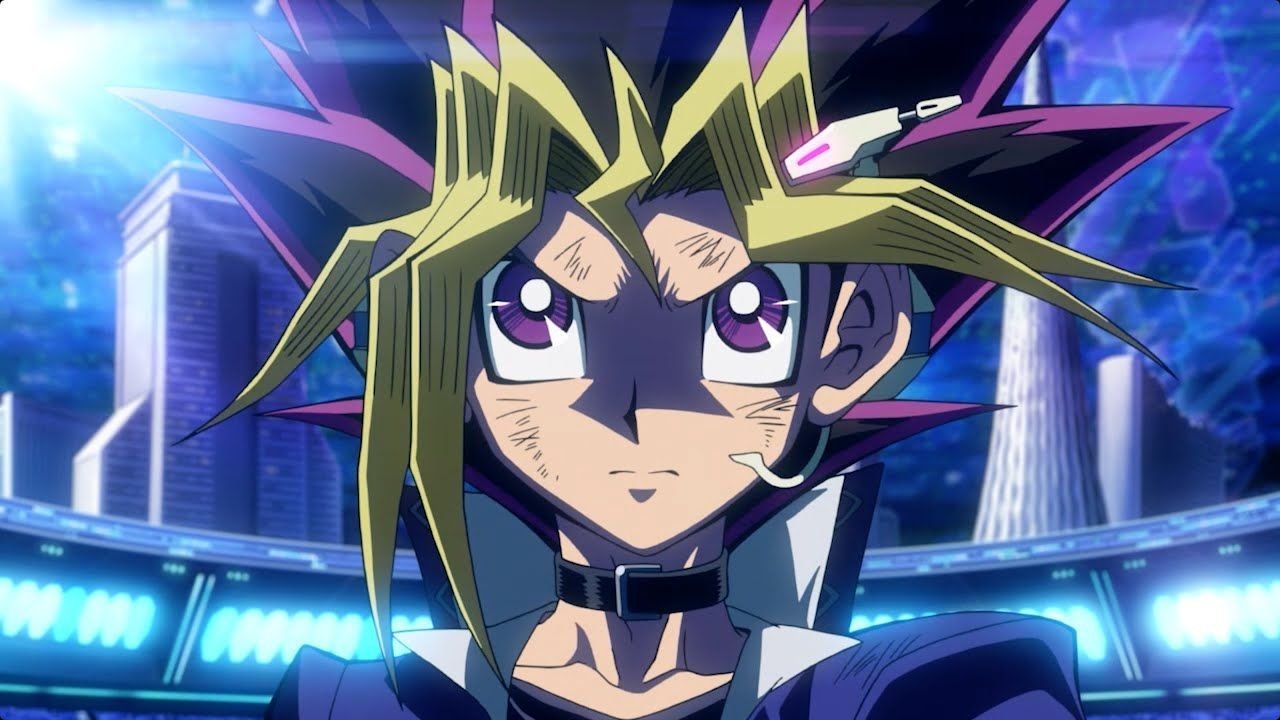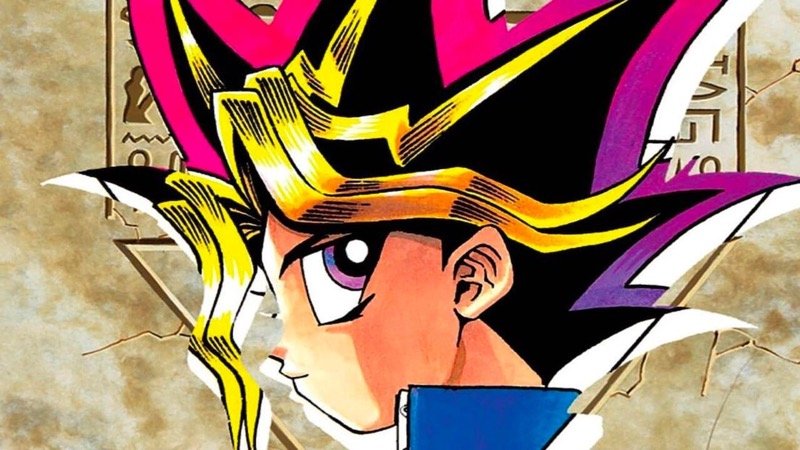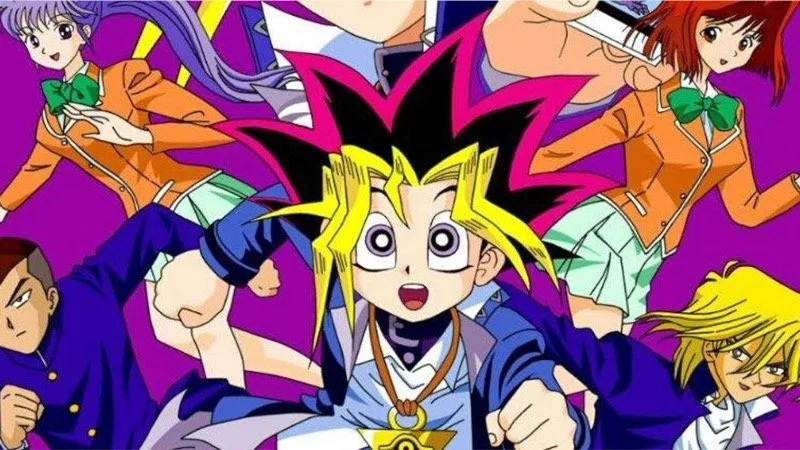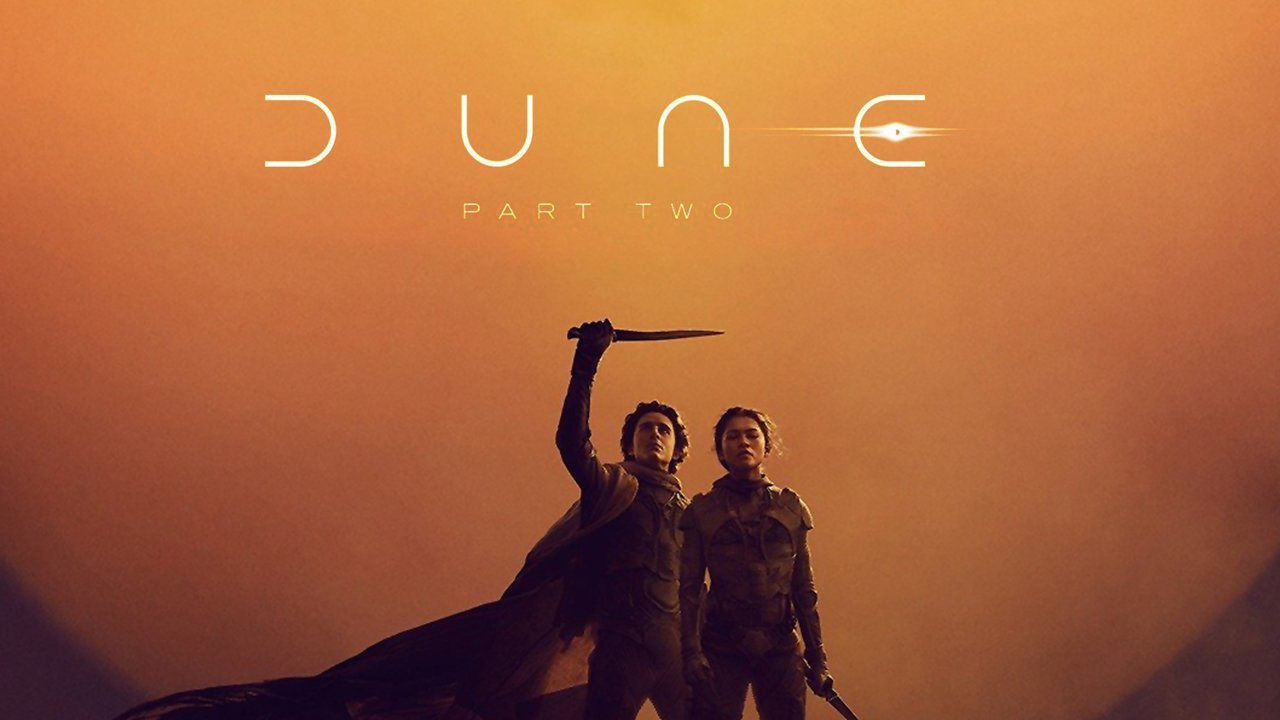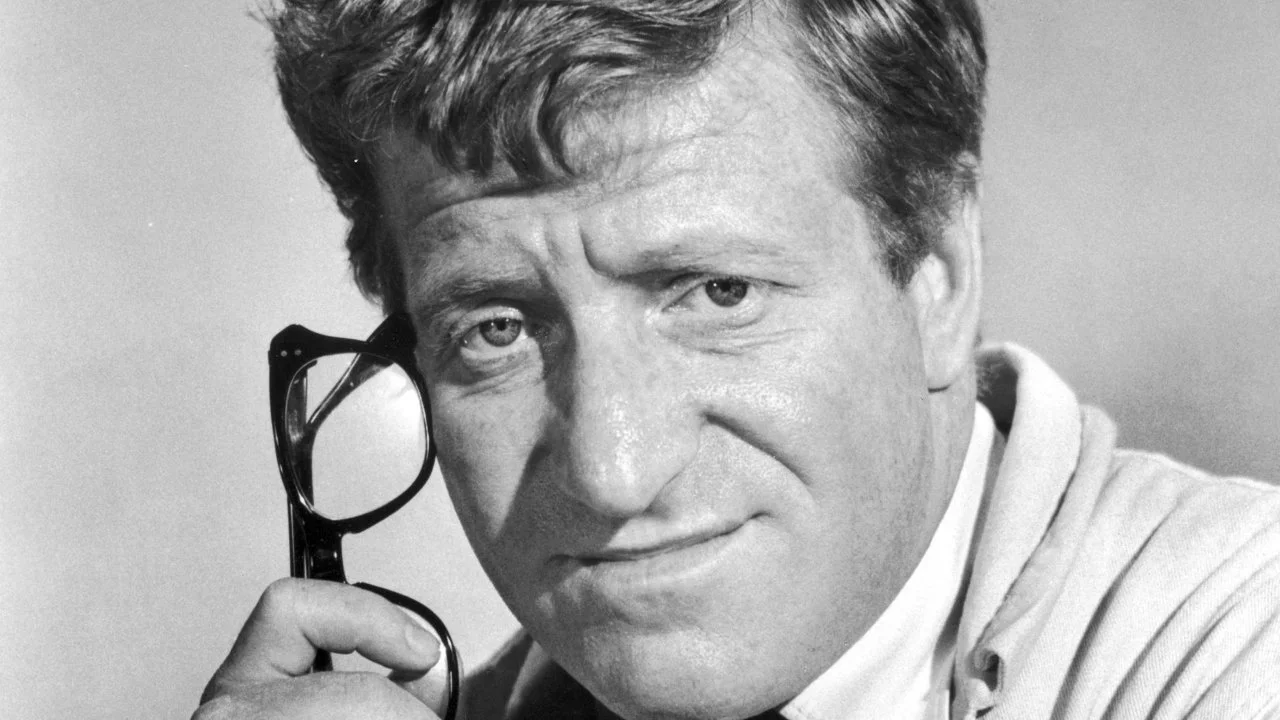'Yu-Gi-Oh!' Retrospective
Image Source: SyFy
Who doesn’t love a good card game? Yu-Gi-Oh! is a massive multimedia franchise that started with just a simple manga about mysterious games…and a kid being possessed by an ancient Egyptian pharaoh. The franchise became immensely popular once a real-life trading card game was produced based on the “Duel Monsters” game in the manga. and the game is still going strong. Where did this all start? Let’s take a brief look back at the early days of Yu-Gi-Oh! and its continued presence today.
The Original ‘Yu-Gi-Oh!’ Manga
The original Yu-Gi-Oh! manga was written and drawn by the late Kazuki Takahashi and ran in Weekly Shonen Jump from 1996 to 2004. This would turn out to be much darker than the more popular anime would become. The manga revolves around 15-year-old Yugi Muto, a game-obsessed kid whose grandfather, Suguroku Muto (Solomon Muto in the English dub of the anime) owns a game shop. Yugi would often be bullied by Katsuya Jonouchi (Joey Wheeler in the English dub) and Hiroto Honda (Tristan Taylor in the English dub). His only friend is Anzu Mazaki (Téa Gardner in the English dub), who often bails Yugi out of being bullied. Yugi has a crush on her, and this is clear even from the early chapters of the manga. The boy had been working on a puzzle called the Millenium Puzzle, an ancient Egyptian artifact that his grandfather had received from a friend. This puzzle is said to grant the wearer one wish once completed.
RELATED:
Image Source: The Nerd Stash
Yugi’s one wish is to make friends, and despite them constantly bullying him, he considers Honda and Jonouchi his friends, as evidenced when Tetsu Ushio (Tetsu Trudge in the English dub) tried to act as his “bodyguard” and beat up the two teens. Late one night, while under the pressure of gathering money to pay his “bodyguard,” Yugi completes the puzzle. Once the puzzle is completed, he is possessed by the ancient spirit trapped inside, and while under the influence of this entity, he is called “Dark Yugi” or “Yami Yugi,” and he challenges Ushio to a “Shadow Game.” The loser of this trial would experience a “penalty game.” This would be the formula for the early chapters of the manga, and though the card game that would become “Duel Monsters” was introduced in chapter nine (which also saw the introduction of Seto Kaiba), it wouldn’t be a large focus until chapter 60 with the beginning of the Duelist Kingdom arc. From then on, the focus would largely be on card game tournaments that would often determine the fate of the world and, in the case of the later arcs, bring peace and closure to the spirit of the ancient Egyptian pharaoh living in Yugi.
Viz Media began publishing the manga in English soon after the anime hit the States. Like they did with Dragon Ball, they divided the manga into sections. The first seven volumes (chapters 1-60) became Yu-Gi-Oh!, volumes 8 to 31 (chapters 60-278) became Yu-Gi-Oh! Duelist and volumes 32 to 38 (chapters 279-343) became Yu-Gi-Oh! Millenium World. The manga was also published in the American Shonen Jump magazine from the January 2003 issue to the March 2004 issue. This translation uses Japanese names rather than English ones and contains minimal changes or censorship. Though the Yu-Gi-Oh manga was a success, it took it a little bit to find its footing in anime form.
Image Source: YouTube
The First Anime Attempt
The first anime adaption of the manga produced by Toei and simply titled Yu-Gi-Oh! ran from April 4th, 1998 to October 10th, 1998, on TV Asahi and covers the first 59 episodes of the manga. This anime does, however, skip several chapters and edit several plot points. For example, though a minor character in the manga, Miho Nosaka became a main character alongside Yugi, Anzu, Jonouchi, and Honda. The cast featured in this iteration includes Megumi Ogata (known for Shinji in Evangelion) as Yugi Muto/Dark Yugi, Toshiyuki Morikawa (known for Sephiroth in the Final Fantasy series and also is the official Japanese dub actor for Ewan McGregor) as Jonouchi, Yumi Kakazu (known for Shizuka “Sue” Minamoto in Doraemon starting in 2005), Ryōtarō Okiayu (known for Zero in the MegaMan X series) as Honda, Hikaru Midorikawa (known for Artificial Human/Android 16 in Dragon Ball Z) as Seto Kaiba, and Yukana Nogami (known for Shirahoshi in One Piece) as Miho.
For many viewers that were only familiar with the later Yu-Gi-Oh! Duel Monsters, this anime appeared much more violent and dark than the anime that would follow it. In fact, despite being based on the same source, the two series are not connected in any way and feature several differences, such as Kaiba having green hair. The anime has never received an official English-language release.
Image Source: ComicBook.com
The Runaway Success Of ‘Yu-Gi-Oh! Duel Monsters’
The second anime, titled Yu-Gi-Oh! Duel Monsters was produced by Nihon Ad Systems and Studio Gallop and was much more successful. Though it started with the Yugi vs. Kaiba battle from chapter 9, it mainly adapted chapters 60 to 343 of the manga and aired on TV Tokyo from April 18th, 2000 to September 29th, 2004. It featured a whole new voice cast for the characters, including Shunsuke Kazama as Yugi/Yami Yugi, Maki Saito as Anzu, Hiroki Takahashi (also known for the voice of Ryu in the newer Street Fighter titles) as Jonounchi, Takayuki Kondo as Honda from episodes 1-51 and Hidehiro Kikuchi from episode 52 onward, Kenjiro Tsuda (also known for Overhaul in My Hero Academia) as Kaiba, and Junko Takeuchi (also known for Naruto in the series of the same name) as Mokuba Kaiba. This anime, as the title suggests, focuses more on the Duel Monsters card game and helped to turn the manga into a highly successful media franchise, including a real-life version of the card game. Like the previous iteration, the anime deviates slightly from the manga, mainly due to its focus more on the card game than the manga and the filler arcs such as the Capsule Monsters, Waking the Dragons, Virtual World, and Grand Championship arcs.
The anime was adapted into English by 4kids Entertainment and premiered on Kids’ WB on September 29th, 2001. 4kids was set to make this into a smash hit similar to Pokémon, but while there were not as many edits in the early episodes of Pokémon, Yu-Gi-Oh! is perhaps where 4kids truly began their trademark editing style, as there was a huge amount of content that while appropriate for its Japanese demographic would not fly for the American Saturday morning cartoon demographic. These changes included the Americanization of names, censorship of violence and weapons, censorship of religious imagery, covering up or modifying more suggestive shots, rewriting or rewording scenes where characters die or are in danger of death by saying they are either “captured” or sent to the “Shadow Realm,” and changing the music to be “darker” and more “Hollywood.”
The dub cast featured Dan Green (also known for the voice of Knuckles in Sonic X and the Sonic video games from 2005-2010) as Yugi/Yami Yugi, Amy Birnbaum (also known for Max in Pokémon) as Anzu/Téa Gardner, Wayne Grayson as Jonouchi/Joey Wheeler, Sam Riegal (also known for Nick Wright in Phoenix Wright: Ace Attorney) as Honda/Tristan Taylor until episode 11 and Greg Abbey (also known for Yusei Fudo in Yu-Gi-Oh! 5Ds) from episode 11 onward, Eric Stuart (known for Takeshi/Brock in Pokémon) as Seto Kaiba, and Tara Sands (also known for Ritchie and Bulbasaur in Pokémon) as Mokuba Kaiba until season 5 when she was replaced by Carrie Keranen (also known for Alya in Miraculous Ladybug: Tales of Ladybug and Cat Noir). An uncut version of the anime was briefly released but canceled soon into its run. Despite the drastic changes to the source material, the Yu-Gi-Oh anime was a massive hit. Its last episode aired in America on June 10th, 2006.
Image Source: Wallha
The Real-Life Trading Card Game
Perhaps the most impact the franchise has made is through the trading card game inspired by the trading card game Duel Monsters featured in the manga and the anime. The first card game to be produced for the brand would be Bandai’s Yu-Gi-Oh Bandai’s Official Card Game. However, this incarnation only lasted from 1998-1999, and the rights to the Yu-Gi-Oh! brand would go to Konami instead. Konami launched its version in Japan in 1999, while in America, it was launched by Upper Deck under Konami’s direction in 2002 (though Konami would fully take over in 2009). The real-life counterpart to Duel Monsters is slightly more complex than what is shown in the anime, but despite this, it caught on immensely and continues strong to this day. Tournaments are held at various levels for the trading card game, and it has forged a huge community, which is a huge reason people have stayed playing for so long. Duelist Phillip Trepczynski recounts how he got into the card game and how it mended even political barriers between him and his friend Randy Richardson:
"I played from 2002-2016, won a couple of state championships and met a lot of amazing people. One of my friends was by the name of Randy Chesley and we always had a good time playing. We were on the different ends of the political spectrum, religious beliefs and what was considered morally correct. Yu-Gi-Oh broke the level of indifference we had and gave some of the best memories on road trips and just hanging out. We lost Randy last year due to a massive heart attack. Till this day I miss the guy even tho he's probably in the shadow realm.”
Duelist Jordan Cook shares a similar story. He is more into the “old school” way of playing rather than the newer style where, as he describes “you sit there for five minutes and wait for someone to make one giant move.” Despite this, he wouldn’t call the changes the card game has had over the years, with its rule changes and added summoning methods, necessarily negative but rather a matter of perspective. Some players want to pack their decks with powerful monsters and ways to bring them out quickly, while Jordan simply wants to “have fun” and “never know who can actually beat somebody.” Jordan has also stated that the card game has created many friendships, stating, “By far, I’ve actually ended up with plenty of new friends because of it, and I also learned a few things from those new friends, so that’s also a plus.”
Though the spinoffs from the original anime and manga may not be as iconic, the trading card game that spawns from these spinoffs continues to be popular to this day.
Image Source: Reddit
The Future Of The ‘Yu-Gi-Oh!’ franchise
Yu-Gi-Oh! has had a bit of a bumpy road throughout its nearly 30-year tenure. Since the end of the original anime and manga, the series has spawned a huge amount of spin-offs featuring a new cast of characters in each series and often a loose connection to one another. This started with Yu-Gi-Oh GX in 2004 in Japan and 2005 in America and continues with Yu-Gi-Oh! Go Rush in Japan in 2022 (America is still finishing up the previous series, Yu-Gi-Oh! Sevens). With each new series comes a new summoning style or even duel type, so the trading card game is also constantly evolving. Even if it’s slightly quieter than in its heyday of the early 2000s, the impact of the franchise that started with a boy’s love of games is still felt to this day and will be for generations to come.
READ NEXT:

